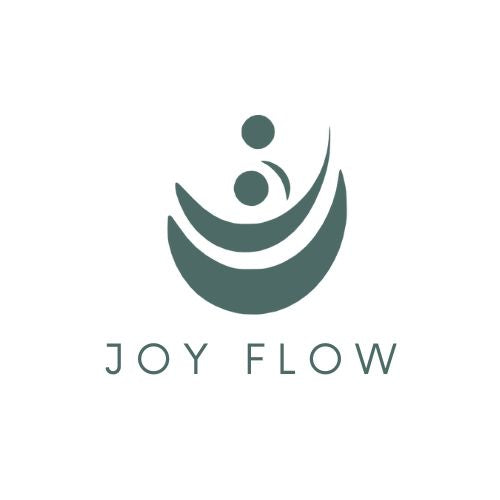The Science of Focus: Meditation for ADHD and the Attention Economy
Share

Meditation for ADHD: A Tailored Approach
ADHD often manifests as difficulty in maintaining focus, impulsivity, and restlessness. Meditation offers a non-pharmacological tool that helps mitigate these challenges by training the brain to sustain attention and regulate emotional responses. For those with ADHD, meditation isn't about achieving perfect stillness—it’s about learning to gently redirect the mind when it wanders. Studies have shown that even short, regular mindfulness sessions can lead to improvements in executive function, emotional regulation, and overall attention span. By incorporating meditation into daily routines, individuals with ADHD can experience reduced impulsivity, enhanced concentration, and a greater sense of calm, making it easier to manage the symptoms that interfere with everyday tasks.
1. The Attention Crisis: Hayes’ Diagnosis
-
Compelled Attention: Ancient brain wiring (e.g., the locus coeruleus) triggers automatic responses to novelty (notifications, infinite scrolls).
-
Attention Capitalism: Platforms monetize distraction, alienating us from our own minds—a modern parallel to Marx’s critique of labor exploitation.
“Our entire lives now is the wail of that siren going down the street.” —Chris Hayes

2. Meditation as Neural Rewiring: The Science
-
Neuroplasticity: Regular meditation thickens the prefrontal cortex (focus hub) and quiets the amygdala (distraction alarm).
-
Default Mode Network (DMN): Meditation reduces mind-wandering linked to compulsive scrolling.
-
Stress Reduction: Lower cortisol levels enhance mental clarity, countering tech-induced overwhelm.
“Voluntary attention is like a muscle—atrophied by distraction, rebuilt through deliberate practice.”

3. Practical Meditation Techniques to Reclaim Focus
-
How to Practice:
-
Sit with a meditation cushion (e.g., buckwheat zafu) to align posture.
-
Focus on breath sensations (nostrils or abdomen).
-
Gently return to breath when distracted—no judgment.
-
-
Science: Strengthens sustained attention by 14% in 8 weeks (University of California).
-
Product Pairing: Use natural incense to create a sensory “home base” and signal focus time.
-
How to Practice:
-
Lie down or sit, mentally scanning from toes to scalp.
-
Label distractions (“thinking”) and return to body awareness.
-
-
Hayes Connection: Mimics the “attention sanctuary” concept—a space free from digital sirens.
-
Toolkit: Add a weighted eye pillow to block visual noise.
-
How to Practice:
-
Walk slowly, focusing on each step’s lift, movement, and contact with the ground.
-
Pair with barefoot grounding mats for tactile reinforcement.
-
-
Real-World Application: Use during work breaks to reset attention (proven to boost productivity by 23%).
4. Building a Meditation-Friendly Environment
A. Create a “Focus Zone”
-
Essentials:
- Dedicate a quiet corner with a meditation cushion and minimal decor.
- Use noise-canceling headphones with nature sounds (e.g., flowing water) to mask digital hums.
- Why It Works: Environmental cues trigger Pavlovian focus responses, countering Hayes’ “attention hijack.
B. Digital Detox Rituals
-
Strategies:
- Charge devices outside the bedroom; replace morning scrolling with herbal tea meditation (savor flavor layers mindfully).
- Use a non-digital alarm clock to avoid phone contact upon waking.
-
Hayes’ Warning:
- “Every kid is engaged in a battle for their parent’s attention.”Model focus by prioritizing meditation over screens.

5. Sustaining Focus Beyond the Cushion
A. Mindful Task Batching
-
How:
-
Group tasks into 25-minute blocks (use a sand timer).
-
Between blocks, practice 1 minute of breath awareness.
-
-
Science: Mimics the Pomodoro Technique while integrating mindfulness.
B. Gratitude Journaling for Mental Clarity
-
Practice:
-
End each day writing 3 focused moments (e.g., “I fully listened to a friend”).
-
Use handcrafted journals to make the ritual intentional.
-
-
Hayes’ Wisdom:
-
“Attention is the substance of life… what adds up to a day, a year, a life.”
Conclusion: Meditation as Rebellion
In Hayes’ terms, attention is “holy”—a finite resource under siege. Meditation isn’t escapism; it’s reclaiming agency. By pairing practices like breath awareness with tools like incense timers and "ergonomic cushions" we resist the attention economy’s extractive grip.
Embrace meditation not only as a shield against digital overwhelm but also as a sword in the fight for our most precious resource: attention.
